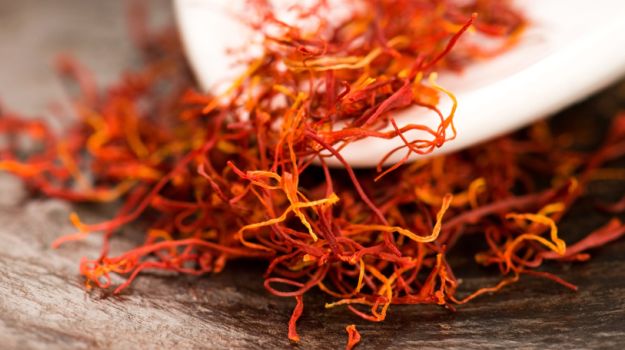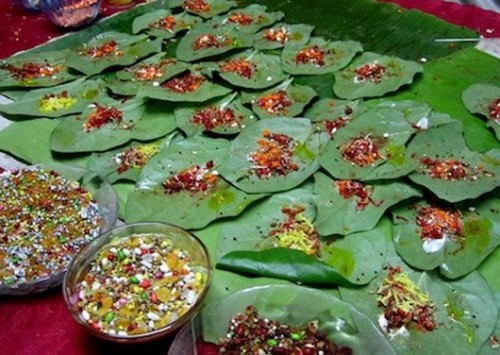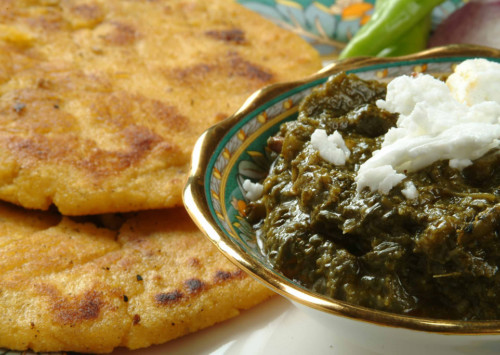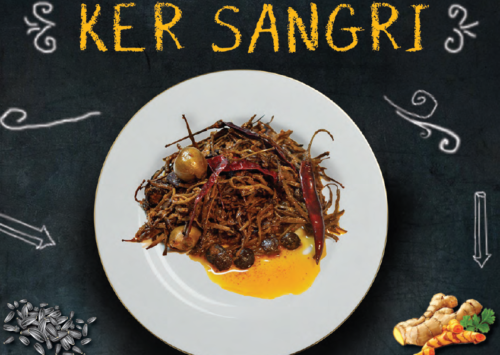Saffron: An ancient Indian medicine
It is often brought to use on special occasions and ceremonies as part of culture and cuisine. But, saffron, or kesar, also has medicinal characteristics, making this precious, ancient Indian spice a healing agent.
It is more expensive than gold in terms of weight. A rather precious spice, it has been used in India for thousands of years.
Often used at religious ceremonies, weddings and festivals, saffron is said to be the spice of gods and is considered auspicious.
It’s often added in tilak (a mark of sandalwood or vermilion worn on the forehead), in the preparation of a number of traditional sweet savouries, in rice dishes, in milk-based drinks and is prolifically brought to use at special ceremonies. And, it’s quite a treat, actually. Relished for its aroma, it brings a vivid orange-ish tone to anything it is infused with. A traditional delight, saffron, of which only a few strands bring out sufficient results, also has a host of added health benefits.
Kesar, as it is commonly called, has actually been recognised for its medicinal virtues since antiquity.
Mostly brought to use in winters or during cooler climates due to its warming properties, saffron is added in milk when consuming for purposes of treatment.
The spice, belonging to the lily family, is very good for treating recurring sinusitis, upper respiratory functions, weak lungs, low vitality and is also given to asthma patients.
Some modern researches have shown that saffron is capable of protecting against cancer. This is due to the presence of some active components in it, immune cells that help destroy cancer cells.
Certain studies have also demonstrated that saffron extracts, especially crocin, which gives saffron its bright colour, is useful in treating mental impairments like Parkinson’s disease, memory loss and inflammation.
Its benefits also include the treatment of menstrual disorders, boosting libido (it acts as an aphrodisiac), overcoming patchy baldness, treating cold and fever. The active constituents in saffron could help alleviate gastric problems, heart disease, insulin resistance, depression, premenstrual syndrome, insomnia and anxiety. It also helps in getting rid of toxins and thus, can be beneficial for the ones with a weak liver.
Diabetics should drink saffron boiled in milk with a teaspoon of ghee (clarified butter).
A healing spice, saffron also has beauty benefits. It is a treasured ingredient in skin creams and is traditionally mixed with fuller’s earth for topical skin treatments. It is also rich in antioxidants, allowing to fight against the free radicals and therefore, against ageing.
It is also an effective analgesic of the mucosa of the gums and is used against teething problems.
For the followers of the diets, saffron is a good slimming ally because it regulates the appetite and avoids the nibbles.
But, incorporating it to its dishes is a cumbersome process. It requires a lot of patience. Prolonged boiling or frying, for example, should be avoided. The spice is, in fact, only infused with other items, with milk, for instance. For other preparations, it is infused in a little water or in milk before adding it to the preparation 10 to 15 minutes before the end of cooking.













